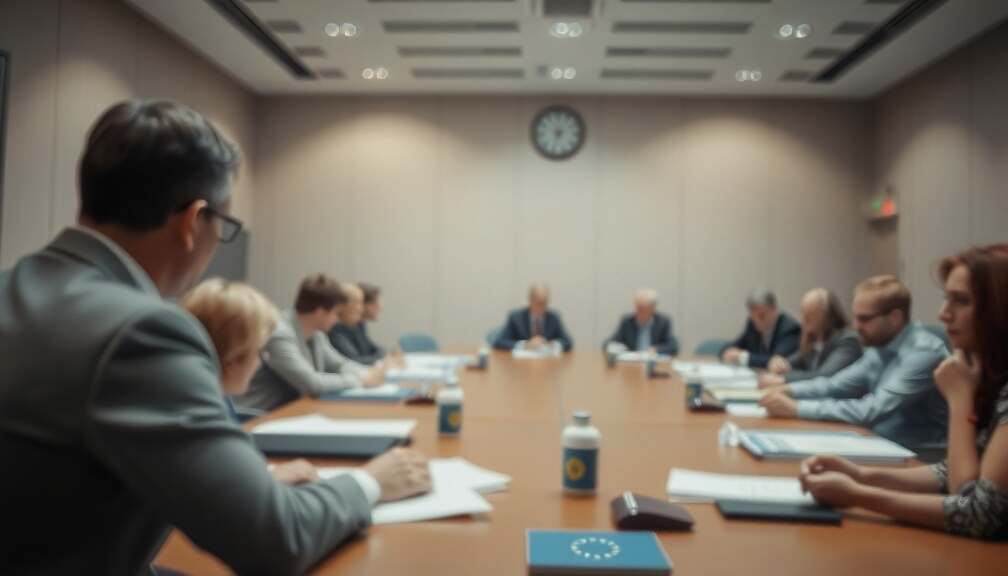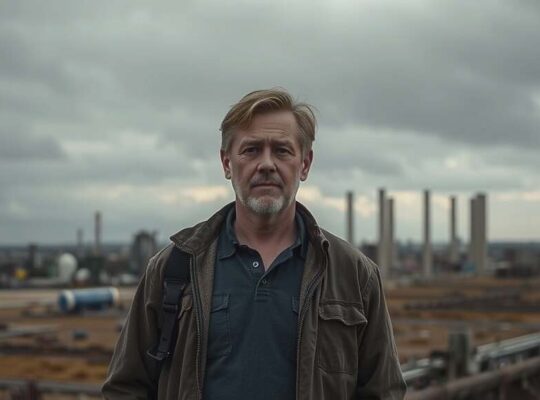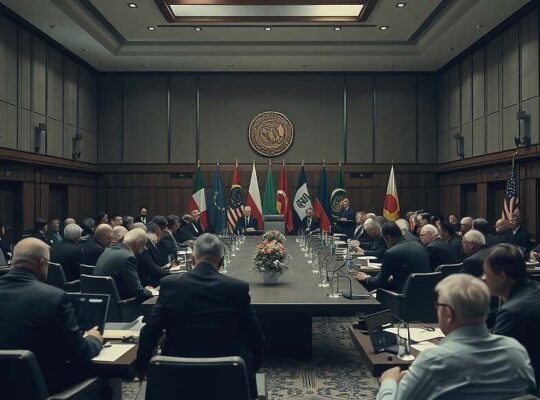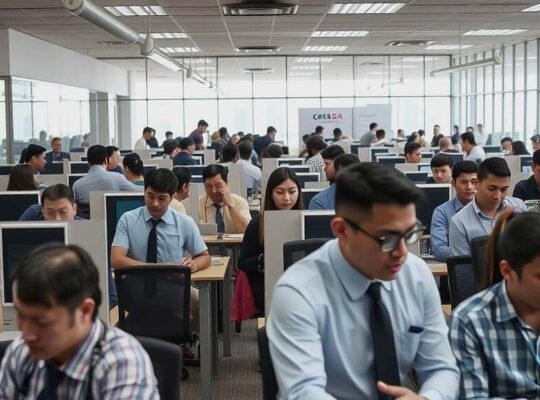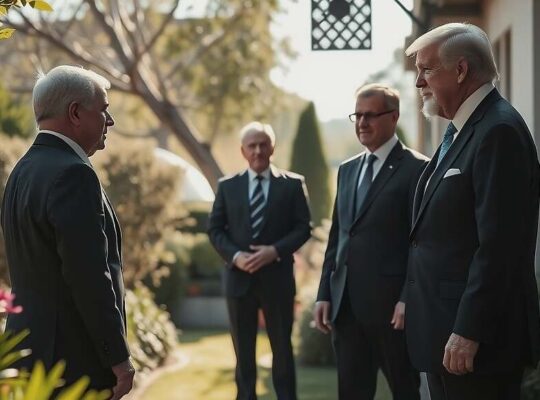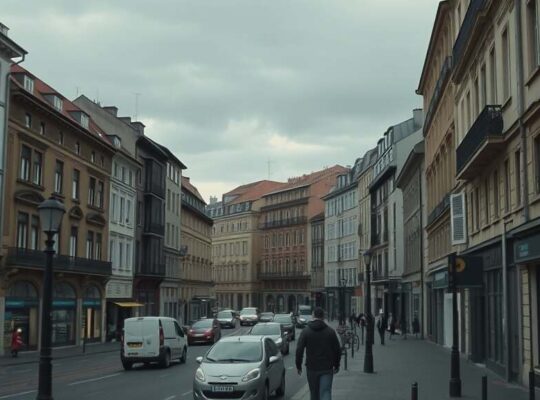The European Commission has adopted its proposal for fishing opportunities in the Baltic Sea for 2026. This outlines the total allowable catches (TACs) and quotas for the ten stocks managed by the EU, as announced by the Brussels-based authority on Tuesday.
The proposal reflects the latest scientific assessments from the International Council for the Exploration of the Sea and aligns with the multi-annual management plan of 2016 for cod, herring and sprat.
The Commission proposes a one percent increase in the TAC for salmon in the Gulf of Finland, while maintaining quotas for herring and sprat in the central Baltic Sea. Conversely, reductions are suggested for several stocks: Baltic herring (-62 percent), herring in the Gulf of Riga (-17 percent), flounder (-3 percent), salmon in the main basin (-27 percent) and unavoidable bycatch of cod in the western Baltic Sea (-84 percent), cod in the eastern Baltic Sea (-63 percent) and herring in the western Baltic Sea (-50 percent).
The Baltic Sea faces critical ecological challenges including biodiversity loss, eutrophication and overfishing, the Commission highlighted. The presented proposal reaffirms the EU’s commitment to achieving objectives for maximum sustainable yield, balancing ecological resilience with the livelihoods of Baltic fishermen.
To support this transition, the European Maritime, Fisheries and Aquaculture Fund and the European Social Fund Plus will provide support through programs for temporary cessation of fishing activities and skills development.
“I am concerned about the poor state of Baltic fish stocks and the impact this has on local fishermen” stated Costas Kadis, EU Commissioner for Fisheries and Oceans. He emphasized that too many fish stocks are on the verge of collapse and the ecosystem is deteriorating. “We need to fully implement EU legislation and take action at all levels and across all policy areas, or this situation will continue in the coming years”. He stressed the need to rebuild fish stocks and strengthen the Baltic Sea ecosystem, describing it as a “joint effort”.


